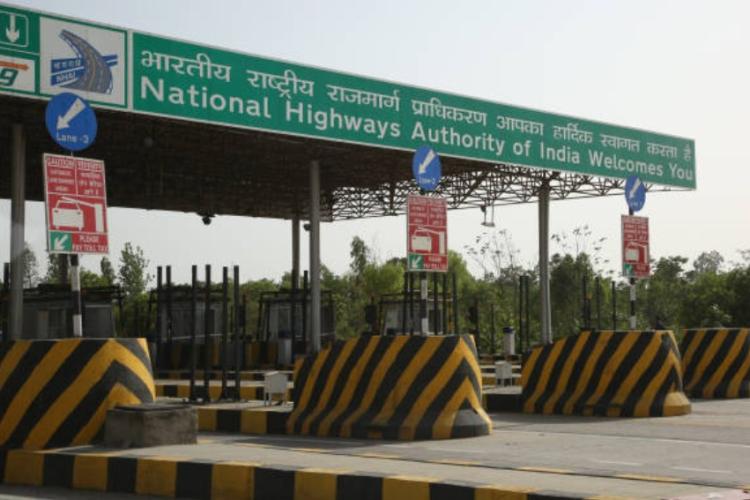
India’s toll collections have surged to record levels, crossing Rs 54,820 crore by February 2025—just shy of last year’s full-year figure of Rs 55,882 crore. With March figures yet to be added, total toll revenue for FY25 is expected to approach Rs 60,000 crore, setting an all-time high, according to data tabled by the ministry of road transport and highways in the Rajya Sabha last week.
Between FY20 and February 2025, cumulative toll collections have touched Rs 2.48 lakh crore—a staggering sum drawn from commuters across the country. As India ramps up road usage charges, a pressing question emerges: Is the toll revenue being effectively deployed to build and maintain world-class road infrastructure?
READ | Liquidity crisis threatens RBI’s economic growth push
Pay for good roads philosophy
Highways minister Nitin Gadkari has repeatedly justified tolls, arguing that if Indians want better roads, they must be prepared to pay for them. But this rationale rings hollow for many, especially when tolls are collected even on roads under construction or those in poor condition.
This inconsistency has not gone unnoticed. In a recent statement, Tamil Nadu public works and highways minister EV Velu criticised the continued toll collection on national highways even after the recovery of construction costs. He noted that while the Tamil Nadu government imposes tolls only on four-lane state highways built with World Bank funding, the Union government charges tolls on four-lane national highways—even for stretches under 50 kilometres and after cost recovery.
Toll plaza map and top earners
Rajasthan has the highest number of toll plazas in the country at 156, followed by Uttar Pradesh (97), Madhya Pradesh (90), and Maharashtra (89). The national capital region accounts for nearly 60 plazas.
Uttar Pradesh remains the top toll revenue-generating state, collecting Rs 7,060 crore up to February 2025, followed closely by Rajasthan with Rs 5,967 crore. Government officials attribute the rise in collections to factors such as increased vehicular traffic, revisions in toll rates, the addition of new tollable road lengths, and the wider adoption of FASTag.
Where does the money go
The government maintains that toll revenues are used to upgrade and expand the highway network. Notable achievements include the growth of India’s national highways—from 91,287 km in 2014 to over 1.46 lakh km projected by 2025. High-profile infrastructure projects like the Delhi-Mumbai Expressway are showcased as success stories made possible by toll financing.
To address persistent complaints about long queues at toll plazas, the National Highways Authority of India (NHAI) is working to implement a global navigation satellite system-based tolling system. This satellite-based system will eventually eliminate toll booths and charge motorists based on the distance travelled. However, its rollout is contingent on the development of the indigenous Indian Regional Navigation Satellite System and is expected to add another Rs 10,000 crore to annual toll revenue once operational.
A fair levy for roads
The Union government estimates that India needs more than Rs 20 lakh crore in investment in the coming decades to meet its ambitious road development goals under schemes like Bharatmala Pariyojana. In this context, tolls are an important but limited revenue stream.
While tolls help finance highway expansion, concerns remain about inequitable access and uneven infrastructure quality. Gleaming expressways in some regions contrast with pothole-ridden toll roads elsewhere. The burden of toll charges also falls unevenly—urban motorists may absorb the costs with ease, but rural commuters and small transport operators face financial strain. Logistics costs for trucks, for instance, can rise by 10–15% due to toll fees.
The road ahead for toll collections
Furthermore, many have raised concerns about the sharp rise in the number of toll plazas—from 366 in 2014 to over 1,500 in 2025. This proliferation, combined with lax enforcement of rules such as the mandated 60-km minimum distance between toll plazas under the National Highways Fee Rules (2008), has sparked accusations of profiteering and regulatory neglect. The highway tolls in India have had significant economic impact, but it has also led to burning a hole in people’s pockets and contributing to pollution and inefficiencies.
India’s rapid expansion of its highway network is a commendable achievement. But as the government prepares a new national highway policy, it must do more than just defend the tolling regime. It must ensure accountability, transparency, and fairness in how toll revenues are collected and spent. More importantly, it must take citizens’ grievances seriously—especially those who are paying premium rates for subpar roads. Proposals suggest introducing discounted toll passes or ownership stakes in the infrastructure to make toll payments more beneficial for frequent users and potentially transferring maintenance costs to the public over time.
Building world-class infrastructure is undoubtedly expensive. But it must not come at the cost of eroding public trust or disproportionately burdening those least able to pay.
